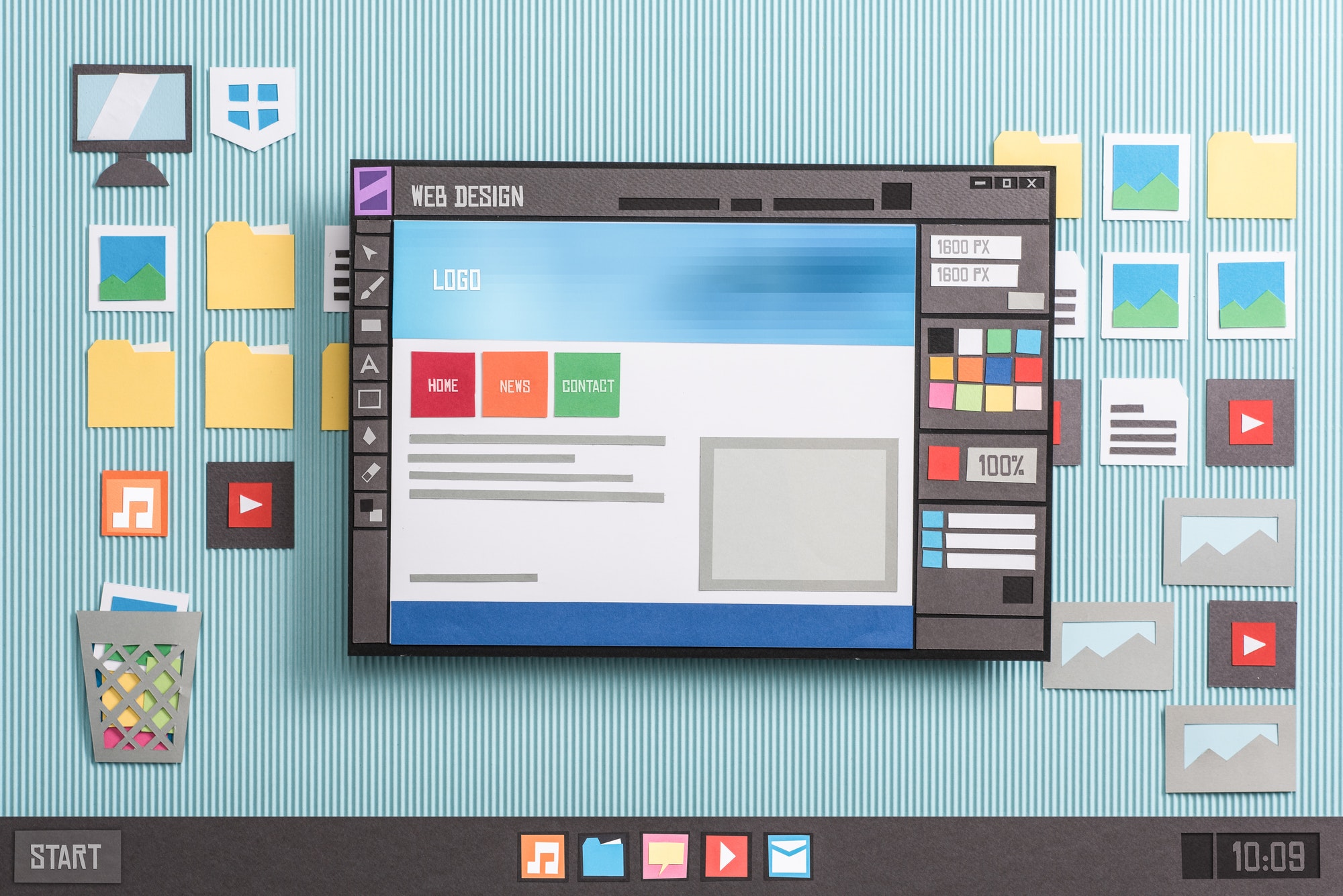Indeed, you remember that, many years ago, CD-ROMs were used to install programs on your computer. However, this is in the past because today, the trend points to cloud computing.
This technology allows access to different types of software from the web through a model called SaaS (Software as a Service). Perhaps this term sounds like something new or something you do not know, but it is not like that, and you will soon realize it.
What is SaaS?
SaaS is the acronym in English for Software as a Service.
This concept emerged around 2000 and is associated with an essay by Tim O’Reilly, an Irish author who has been a proponent of the open-source movements.
It is a software distribution model that, unlike the traditional one, works thanks to the fact that an external provider hosts applications and makes them available to users through the Internet.
Before, all software was purchased and installed locally on a device, but with this model, everything remains in the cloud and can be accessed through the network through a subscription.
This is how SaaS came about
During the 1960s, mainframe computers were connected to primary terminals that shared the mainframe software, a software delivery system known as timesharing.
Around 1980, computers went down with their prices, so some companies created their local version of timesharing, which was called the local network (LAN).
In this model, businesses were in charge of managing and supplying the hardware and the network.
By 1990, providers began to design software looking primarily for customers to access it through an internet connection. This is how the predecessor to SaaS came about: the Application Service Provider (ASP) model.
What is SaaS for?
In past years, there was a constant annoyance or complaint from entrepreneurs and large companies, which was towards the amount of software they had to acquire to carry out different functions within their organizations.
For example … software to have inventory control, another to issue invoices, another for cash flow, and a long etcetera that seemed to have no end for much.
All this meant buying software, paying for licenses, having computers to receive it, and having a server capable of different interconnecting users within a company.
To all this, we had to add the maintenance fees, which were not low, and update prices so that all the solutions worked optimally … the process was not easy. With this in mind, seeking simplicity for customers and ending their dissatisfaction, the idea of creating software as a service came up.
The main goal was to ensure that companies no longer need to buy, pay for the license and keep the software optimized and updated. All of that was left behind with SaaS.
The programs are found on the Internet through this software as a service, so you only have to access and start using it. Therefore, it is unnecessary to have it installed on your computer or device.
How does SaaS work?
In the SaaS model, the software is provided as a service over the Internet in a centralized way.
Users who purchase it have to create individual accounts. Then, all the costs generated are billed monthly or annually, depending on the options and who hires the service.
The applications do not run on a particular computer; they are online. The complete maintenance and update process is left in the provider’s hands and not the customers, which is an excellent relief for users, who only limit themselves to accessing the software through a browser. They only need a device with an internet connection to log in and receive the contracted product.
Some of the most used and requested SaaS programs are project managers, content managers (CMS), e-commerce, customer relationship managers (CRM), etc.
Customers can use application programming interfaces (APIs) to connect with other functions according to their needs and requirements efficiently and straightforwardly.
Most SaaS applications work through subscriptions to grant software licenses, giving access to each account for the time agreed upon from the date of hire.
Advantages of the SaaS model
Now that you know what the SaaS model is, what it is for, the types of SaaS that exist, and the differences, let’s move on to one of the most critical topics: the benefits and advantages it provides.
- Savings in utilization costs
As mentioned in previous sections, when you use the SaaS model, it is unnecessary to buy the software, obtain the license and have a specific computer or device for the activity you want to carry out.
You can access the programs from any device with an internet connection, and, in addition, you avoid maintenance expenses, which are granted periodically by the provider.
Likewise, since they are already configured software, companies also save time since they can start using them and operate much faster, having everything automatically.
2. Access anywhere
The SaaS software is hosted directly in the cloud without needing a physical computer to maintain it. This provides agility, practicality, and usability.
By only requesting a stable internet connection to access the programs, you have complete freedom to access the software, even when traveling hundreds of kilometers from your company headquarters.
Thanks to advances in wireless network coverage, the sites where you can access SaaS services are increasingly comprehensive, generating more possibilities for use.
SaaS platforms tend to have high adoption rates, along with virtually no training required and, if needed, often fast.
3. Adaptability to meet customer needs
Another of the significant advantages of the SaaS model is that it adapts perfectly to what you need in your company, expanding or reducing the packages, increasing their efficiency, and achieving adequate customization.
Companies constantly seek to grow, so the workforce will likely increase. However, this does not impede SaaS.
Most services offer different options with different functions, number of users, tools, and other elements that are key to knowing how to choose the right product.
4. Automatic updates
Unlike traditional software, with SaaS, you don’t have to invest in upgrades by paying high fees.
The service provider handles all updates, eliminating downloading and installing the application. It also takes care of availability.
Customers do not have to add hardware, software, or bandwidth as the user base grows since the program is hosted on the Internet.
5. Easy integration with other systems
SaaS systems give companies the ability to integrate them with other programs.
Users do not have to do anything for this, as the software is designed to allow this integration quickly and easily.
In this way, companies can cover their needs in a much more global and complete manner without complicating their existence. They are automatically integrated and can have access to all of them together.
6. Ensures business continuity
Protecting your applications, solutions, and systems is vital for business continuity planning.
In the event of a natural disaster, failures in the energy provider, or any other problem, SaaS guarantees you a solution and that your company will be able to continue with the operation and keep the information well protected.
To resume activity, you only need a smart device and an internet connection to access the solutions offered by this model, minimizing downtime and loss of productivity.
The only things you should keep in mind when choosing a SaaS provider are these factors:
Understand the unique needs of your business or company. The technological needs you have. The benefits that this investment will bring in future initiatives. Verify the level of service (response time, quality, support, etc.).
Once this is defined, you can think about the best options for SaaS companies and choose the best suits your needs.





